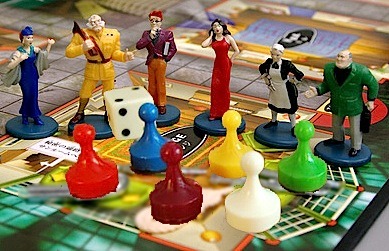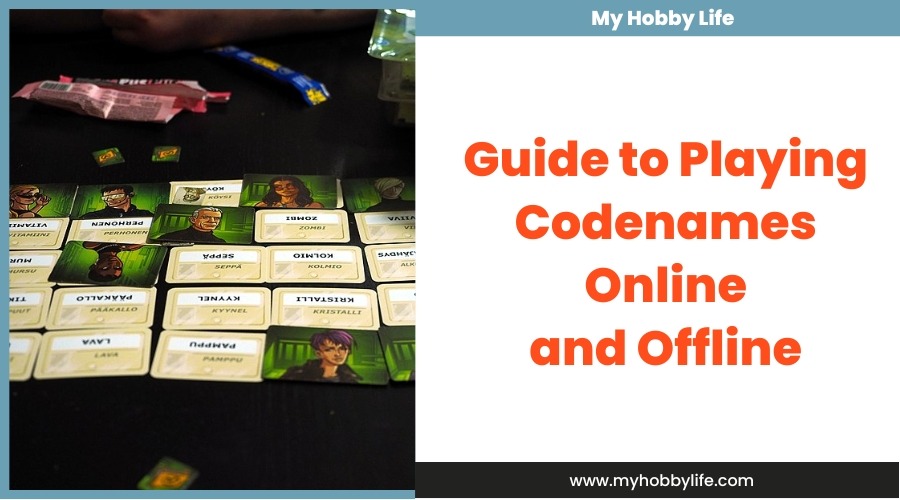Guide to Clue

Those who enjoy playing detective will enjoy the board game Clue, in which they must determine who the murderer is, where the crime was done, and how the mansion's owner was killed. It's a fascinating and challenging board game that requires careful planning, memory, and fast reflexes. The game's unusual mechanisms make one question where the creator got the concept. Let's go straight into the history of Clue to find out!
History of the Board Game "Clue"
Around 1944, Anthony E. Pratt came up with the idea for Clue. Before becoming famous as the creator of Clue, Pratt was a musician who frequently performed at hotels hosting murder mystery events.
To determine who committed the murder, hotel guests and the actors employed for the event will play the role of investigators. During murder mystery evenings, visitors would have access to a variety of hotel rooms, each of which has a unique set of clues to the identity of the murderer.
View this post on Instagram
Players may select a character from the board to portray when all the cards have been dealt. This cast of characters must likewise be dispersed about the mansion at the outset. Remember to set them all to the side of the board at the beginning. The roster of playable characters includes the following: In this game, one of these people is the murder suspect, and not even the player knows which one it is. Before the rule was amended, whoever played as Miss Scarlet would always go first. This caused some contention between players. Therefore, newer editions scrapped this rule, and the game begins with the player who rolls the highest number on the dice. A player must roll the dice to advance on the board. There are nine rooms, not counting the Cellar where the unique envelope is hidden. After a player's character enters one, that player can offer a proposal on who committed the murder and what weapon was used. The player's suggestion must also include the room in which they are now located. If the player is in the Lounge, the player may remark something like, "Colonel Mustard is in the Lounge and killed the victim with a Wrench." To make a suggestion, you can point to any piece of the board, whether a character or a weapon. However, your current location does limit the available room options. This is why it's essential to focus on learning about the rooms, as they are often the most puzzling. Enter a room and provide a suggestion. If you're dragged into a new room after someone suggests you, you can use your next turn to suggest something in that room. When a player makes a suggestion, the other players might refute it by revealing a card that rules out the murder weapon, the location, or the suspect. Only the player who made the proposition can see the card used to refute it; no other players may be privy to the information. Whether with close friends, parents, or siblings, a game of Clue is a terrific way to relax and spend time with those you care about. It takes a lot of working memory to keep track of all the hints in a game of Clue. Players will need to talk, listen to other players, and write down what they learn while making a suggestion or allegation. In this way, communication is being fostered to assist players in improving their speaking and reading abilities while enjoying playing board games.The Birth of "Clue"
The Production and Success of "Clue"
The Gameplay of "Clue"
Choosing a Character to Play

Moving Around the Board
The Secret Pathways
Making Accusations and Winning the Game



